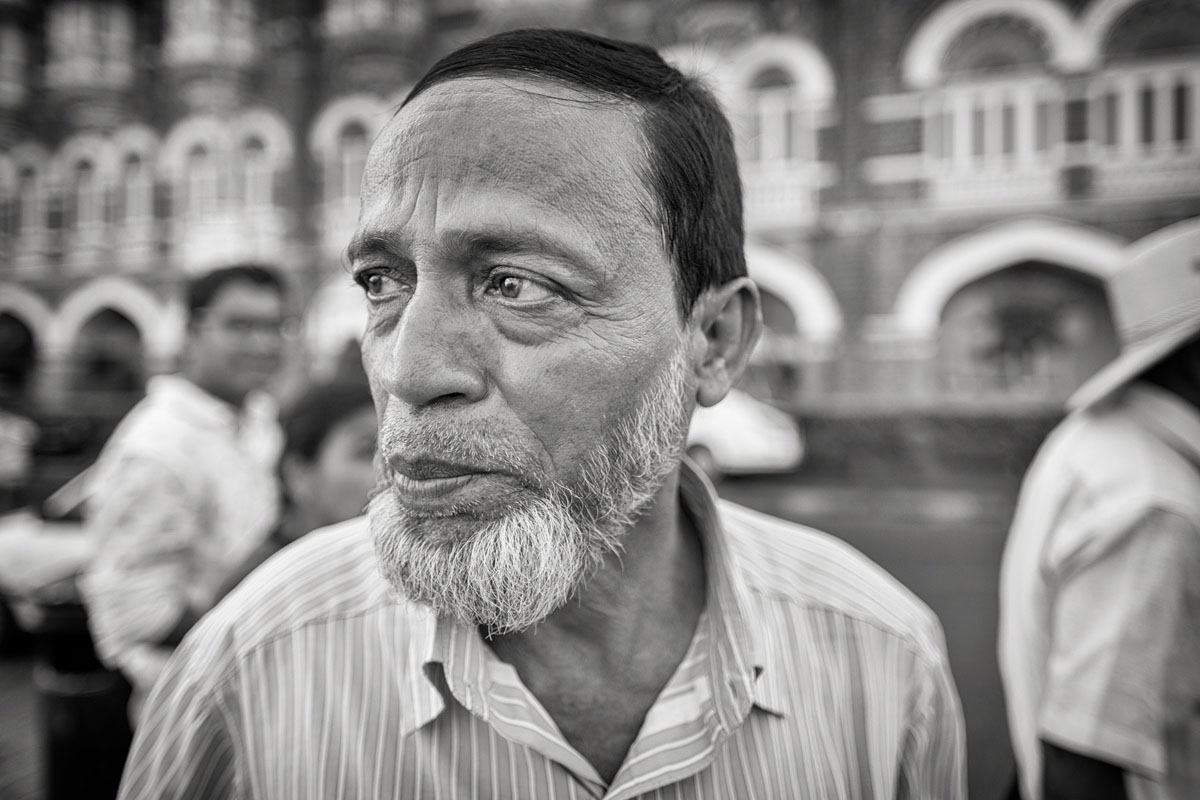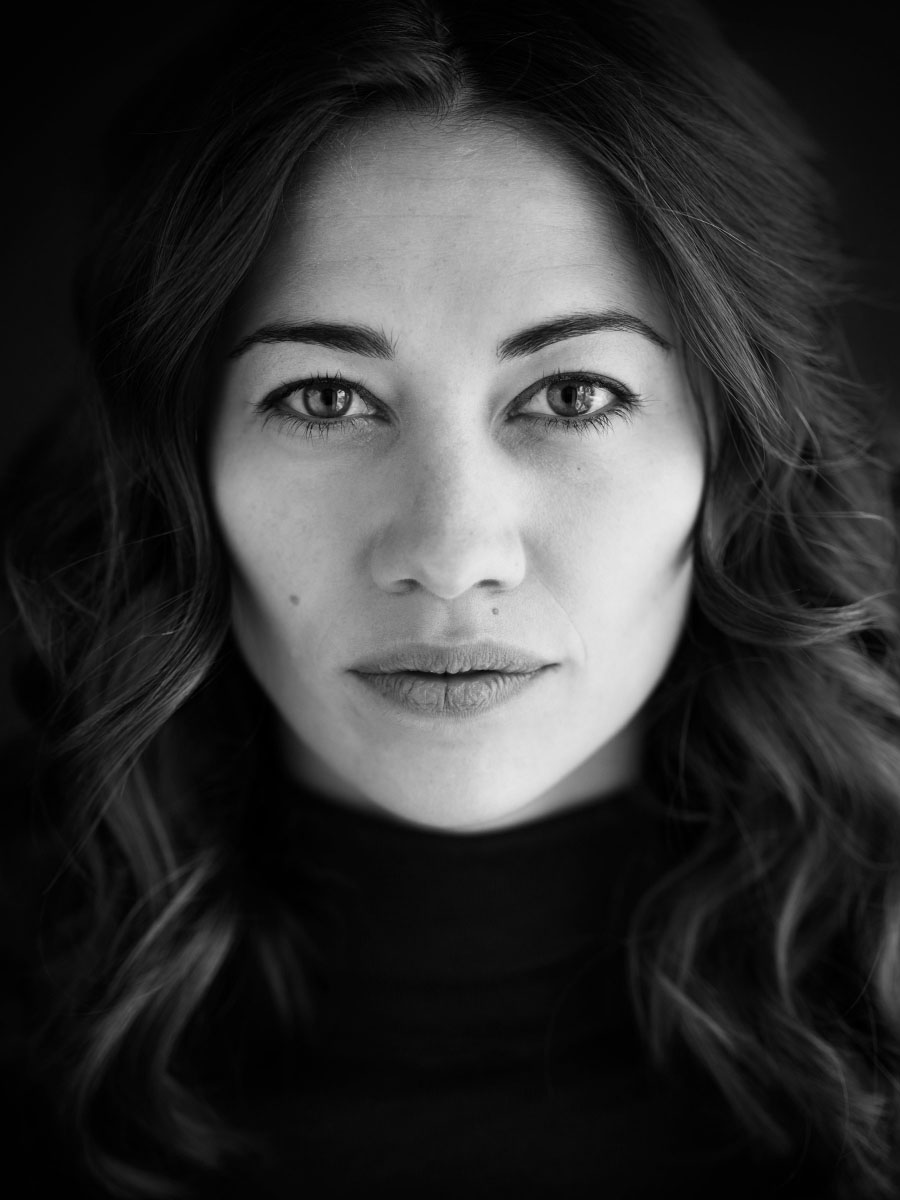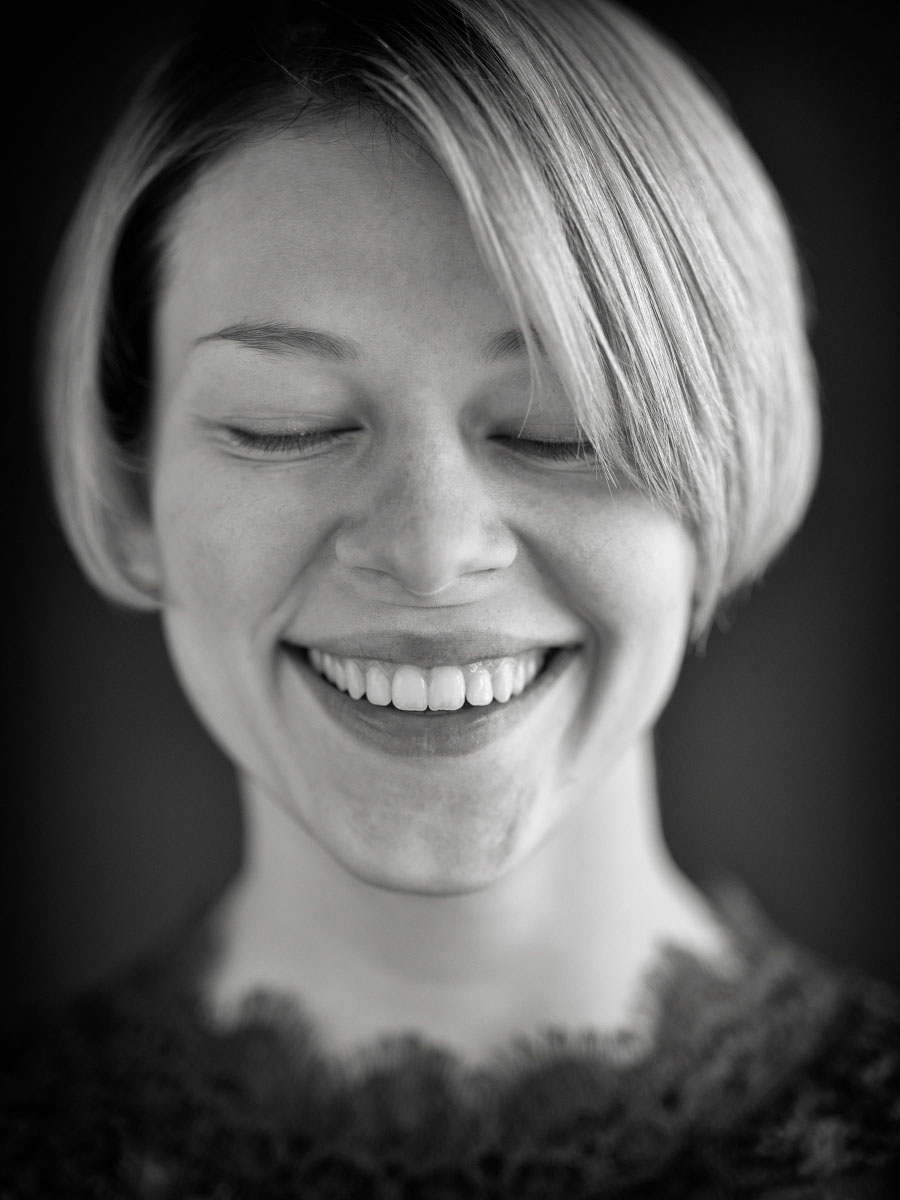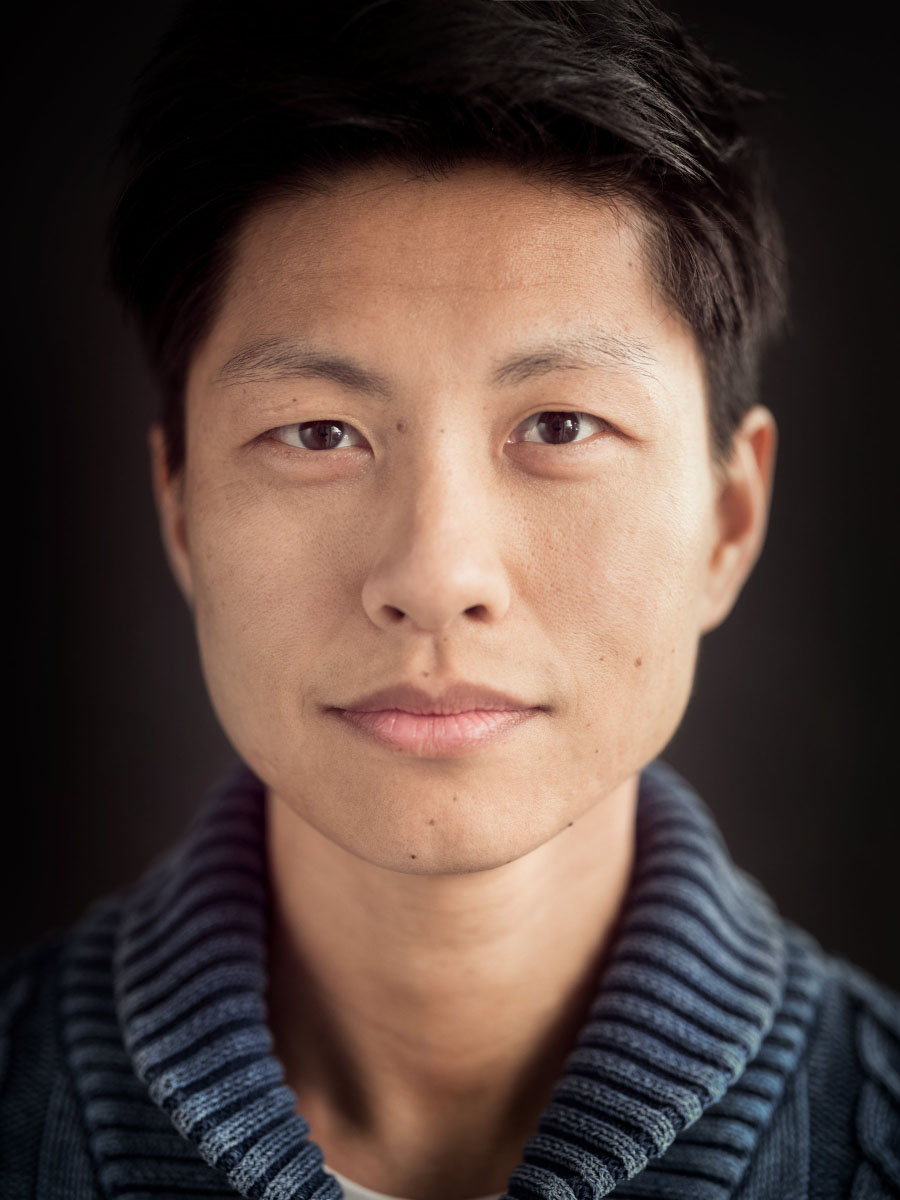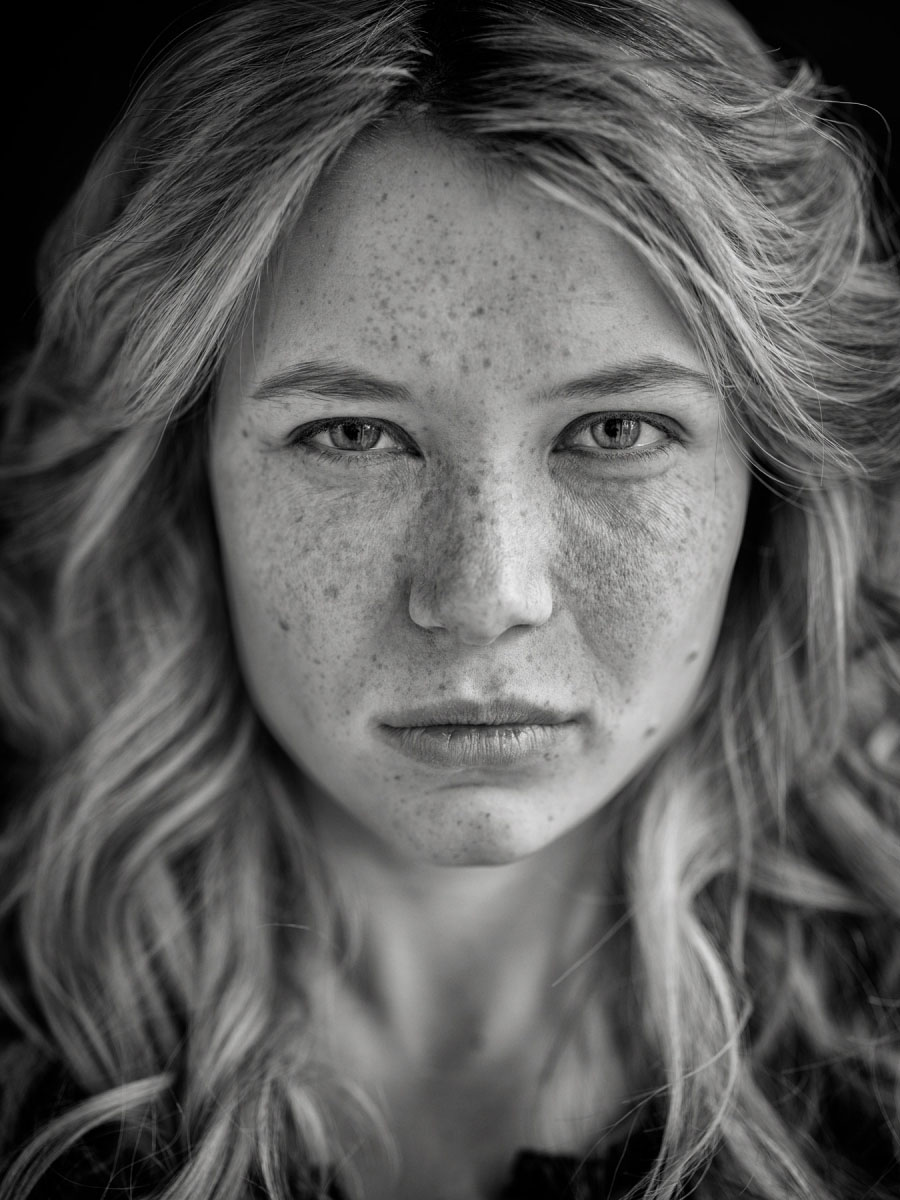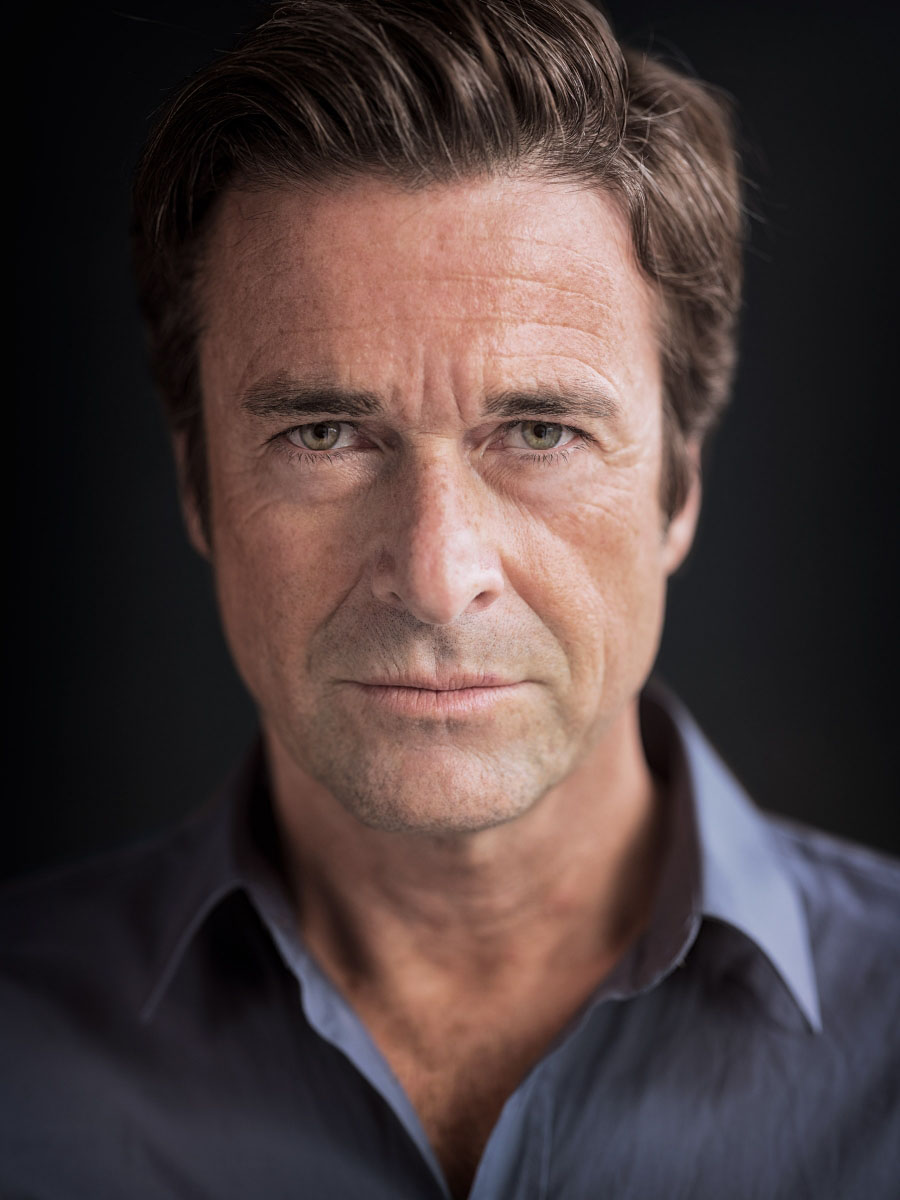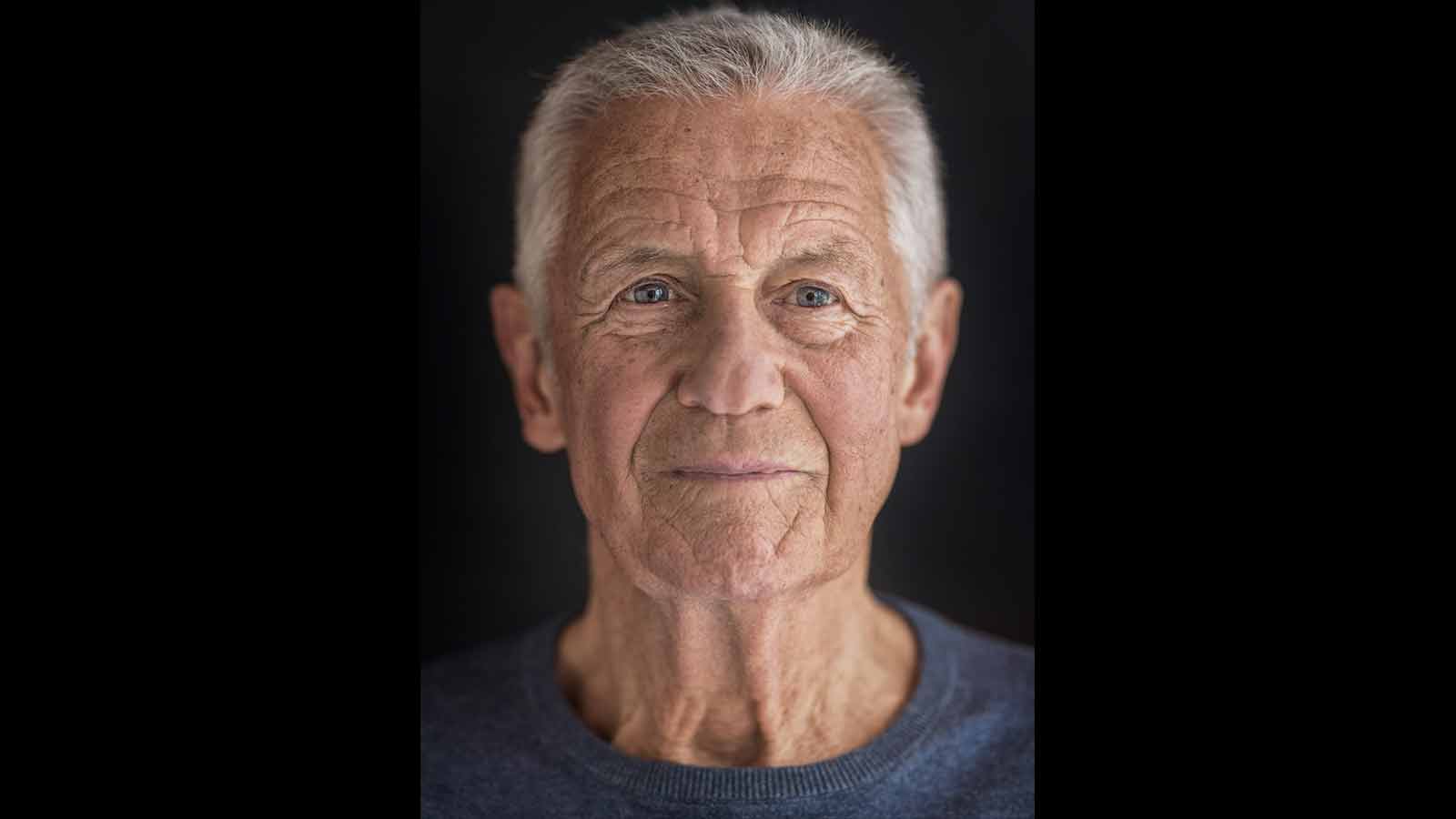
Headshots – The Behind-the-Scenes Story by Thorsten Rother
Thorsten Rother
In the 35 degrees Celsius heat, amid the cacophony generated by countless people crowded all around me, inhaling the smog and strange smells I could not identify, I quite frequently found the long transfer rides on my most recent trip to India to be an opportunity to briefly push the “pause” button rather than just annoying. They gave me a chance to detach from the incredible chaos outside. On one of those journeys, which took me from Mumbai to Kochi, I was able to take one of those shots that I still consider a highlight of my stay: The portrait of an older man – and it still touches me in some way when I look at it today. During a brief stop on the trip, this gentleman approached me and asked: “Would you take a picture of me?” He did not want money; he said he simply wanted to have his face depicted in an image. No model in the entire world could ever conjure up the facial expression and the look in his eyes on command, but I was fascinated to the point of no return by the idea of wanting to do something like that and reproduce it. And that was it – the expansion of my photographic horizon that would eventually complete my new slogan: Portraits & Stories
Once I was back in Germany, I began an intense study of the subject matter. I was looking for a way to implement image esthetics that were simple yet refined – esthetics that would also appear in my reports. I basically wanted to come up with something that was closely linked in terms of genre – something that worked in both, color and black and white. After days of sorting through my thoughts and weighing a wide range of ideas, I had a solution: I was going to create what I call Headshots. They were all going to be presented in portrait formats with a white or black background. I was going to do one each image in color of black and white. I decided to use natural daylight as the only light source. The plan was to shoot all photographs with the new FUJIFILM GFX 50s and the brand new GF110mmF2.
The style I am to achieve is natural, wide angle driven and modern – and I do it all without a lot of retouching for perfection. These types of beauty retouches would simply make the Headshots look more trivial. I want the real thing. Genuine faces – regardless of whether the subjects are young, old, men or women. This does, however, mean that the protagonists have to have good complexions. When casting for my first production session, I wanted to ascertain that myself. In partnership with a well-known agency from Munich, we auditioned around 35 models for the planned shoot. I had planned to find 10 models for the Headshot session. After the audition, this turned out to be precision landing; not a situation that gave us too many options. After all, I also wanted to depict a diversity in characters and not just a series of exchangeable “beauties.”
For the production, I had leased a beautiful, generously sized studio in the Munich Glockenbach quarter, which did more than just provide the desired optimum lighting conditions. The choice also took into account another aspect I always consider important when I work: Making everyone involved feel comfortable. We always maintain a family-like atmosphere at my sets. That’s an important factor that impacts my own mood – but it’s even more critical for the protagonists. It’s the first step – basically the foundation – to get what the motifs need directly from them when we shoot the pictures.
My tool (GFX 50S + GF110mmF2) was a premium quality product and we cut down everything else to the bare necessities. We did not build a large set, we did not use flashes or umbrellas on the lamps. Only a small piece of background by the window, a mark on the floor and a large silver reflector were waiting for the models. My team consisted of 3 assistants and a make-up artist. I always work with the same crew – so we can now virtually work together with ease during a black-out.
Every so often, a portrait shoot is like a dance. On the one hand, someone needs to lead – on the other hand you have to be able to let yourself go as a photographer. After all, most of the people involved are strangers to us. The best case scenario is that you did have a brief initial interaction during the casting process – sometimes this does not even happen. So I frequently have no clue who is actually walking through the door. That tends to be my truth these days – I am interested in the person and not in an artificial scenario. For many, this is a rather unusual situation, because, on the surface I demand little or actually nothing at all from them. In fact, I ask them to do nothing at all! Let’s put it this way – I often approach my subject with the tool of “friendly” manipulation. Most of the time, I don’t need more than 15 minutes for the actual shoot – sometimes a little more, sometimes a little less. And of course, I could also snap photos of a government official in 30 seconds if that were the only option.
Producing the series in medium format was unusual for me. In the past, I would normally have tried to stay away from this practice if at all possible. There were 3 reasons for this: The trigger speed, the AF speed and the truly unsatisfactory performance of the camera’s focus if you wanted to produce wide angle images. Thanks to the new GFX 50S, these reasons no longer exist and I realized that at the beginning of the year during the market launch. I took all of the headshots with the new GF110mm with an aperture of F2 to F2.5. For this type of work, the optic and the camera make the perfect unit. I only use single pod stands when I work with it to achieve some minor stabilization. The AF is perfectly positioned and the sharpness of the images speaks for itself.
Photographically, the GFX medium format system opens up an entirely new world for me that wants to be discovered. So get excited – there will be a lot of new things on the horizon in the near future.
















































